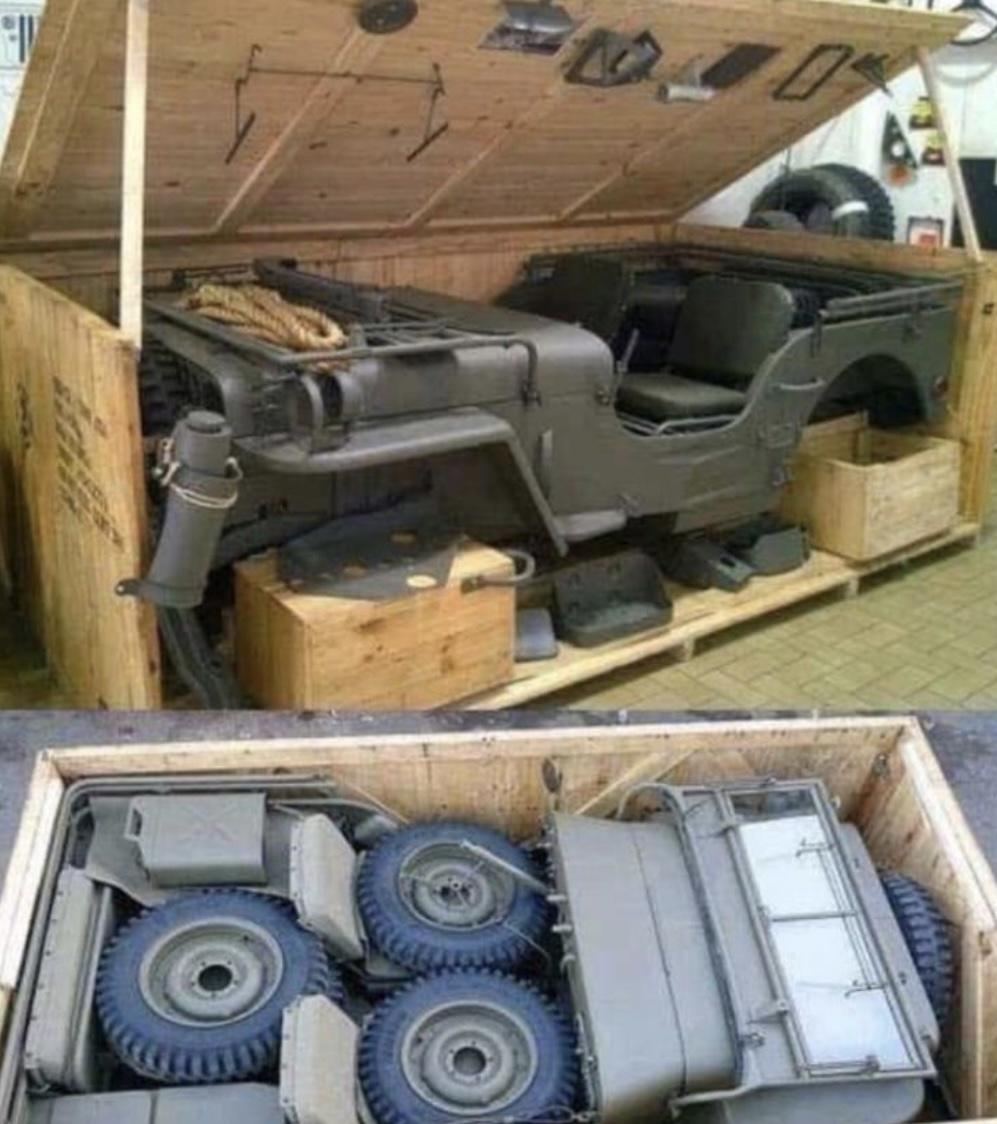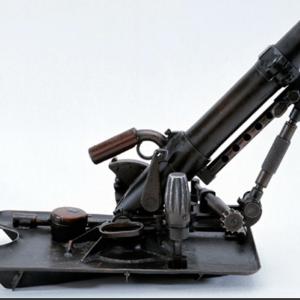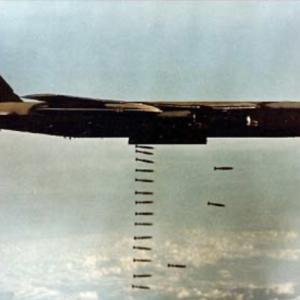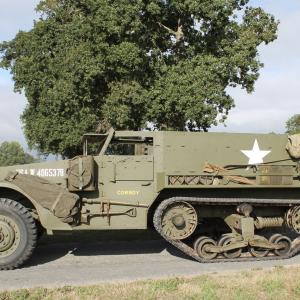
Crated Jeeps
During World War II, the jeep became an essential vehicle for Allied forces due to its versatility and mobility. To facilitate rapid deployment across various theaters of war, the U.S. military developed a method to transport jeeps efficiently by disassembling and crating them. This process involved removing components such as the windshield, folding down the windshield frame, detaching the wheels, and disassembling the seats. These parts were then carefully packed into standardized wooden crates, optimizing space and reducing the overall shipping volume.
Once at the destination, typically a temporary base or an area recently secured by Allied troops, trained personnel or mechanics could reassemble the jeeps quickly, often in under two hours. This method allowed for the transportation of a greater number of vehicles per shipment, conserving valuable cargo space and enabling the rapid deployment of jeeps to remote or newly liberated areas where infrastructure was limited.
The design of the jeep, with its modular components, made it an ideal candidate for this crating method. The ability to disassemble and reassemble the vehicle on-site ensured that jeeps could be operational with minimal downtime, providing essential mobility to ground forces in various combat zones.
As airborne operations became a central tactic in Allied strategies, the need to deliver vehicles directly into combat zones led to the development of parachute drop techniques. The British Army, in particular, conducted extensive trials to determine the feasibility of dropping jeeps from aircraft. These tests involved securing jeeps within specially designed containers equipped with parachutes, allowing them to be dropped from bombers such as the Halifax.
The containers were designed to protect the vehicle upon landing and facilitate rapid deployment once on the ground. The use of multiple parachutes ensured a controlled descent, minimizing the risk of damage to the jeep. These operations proved successful in various campaigns, demonstrating the effectiveness of airborne vehicle delivery in enhancing the mobility of ground forces.
Once the jeep landed, paratroopers would locate and free the vehicle using tools carried during the drop. In many cases, the jeep was operational almost immediately, allowing airborne units to consolidate positions and move between objectives quickly. This method of delivery proved invaluable during large-scale airborne assaults, where the rapid deployment of vehicles was crucial to the success of the mission.
In addition to parachute drops, glider landings provided another method for delivering jeeps into combat zones. The British 1st Airborne Division, during Operation Market-Garden, utilized Horsa gliders to transport jeeps along with troops and equipment. These gliders were capable of carrying multiple jeeps, and upon landing, the vehicles could be driven off and immediately pressed into service.
To facilitate this, jeeps were modified to fit within the confines of the glider's cargo hold. This included removing non-essential parts to reduce weight and ensure a compact profile. Once on the ground, the jeeps played a pivotal role in providing mobility to airborne units, enabling them to secure and hold strategic positions until reinforcements arrived.
The use of gliders for jeep delivery allowed for a more controlled and precise landing compared to parachute drops. However, glider landings were not without risks. The slow descent and vulnerability to anti-aircraft fire made gliders susceptible to damage during landing. Despite these challenges, the integration of jeeps into glider operations significantly enhanced the operational capabilities of airborne units, providing them with the mobility needed to execute complex missions in enemy territory.










